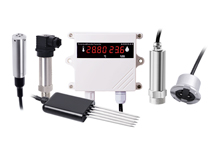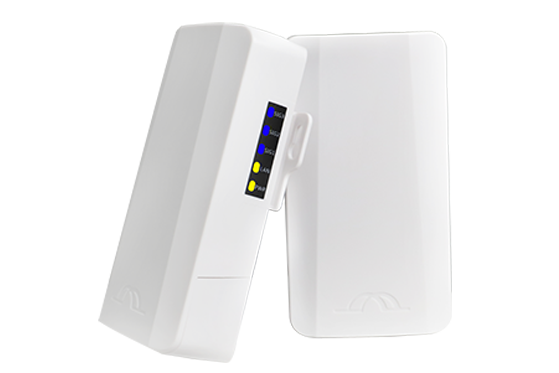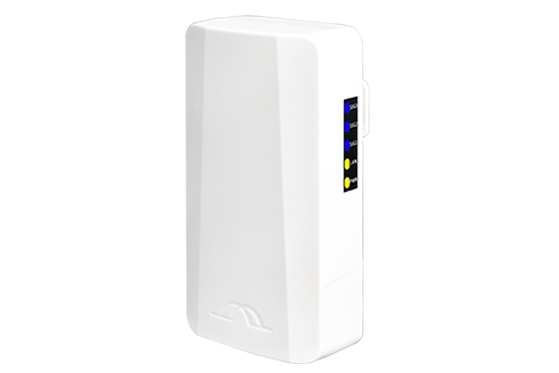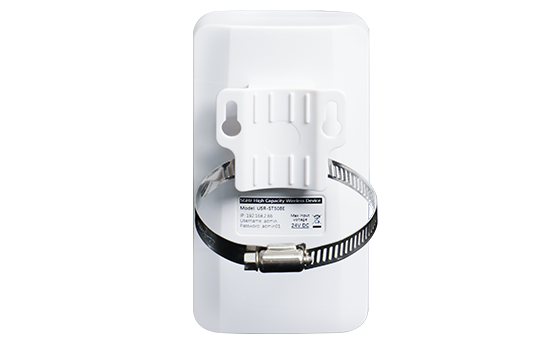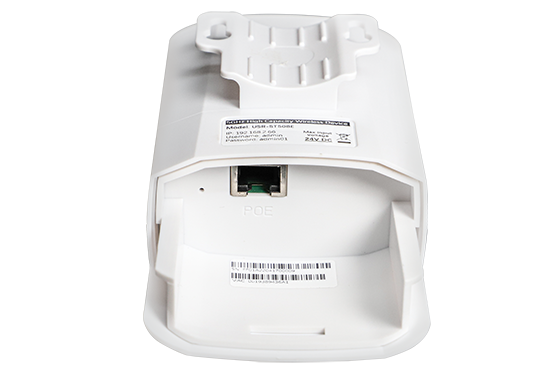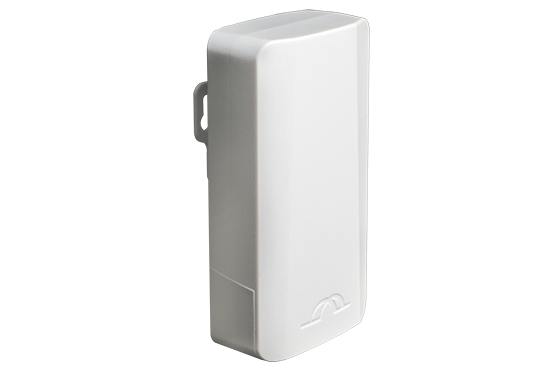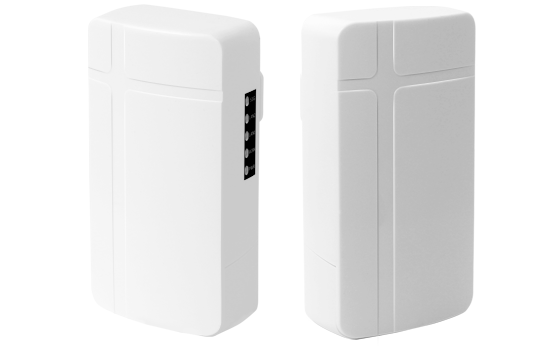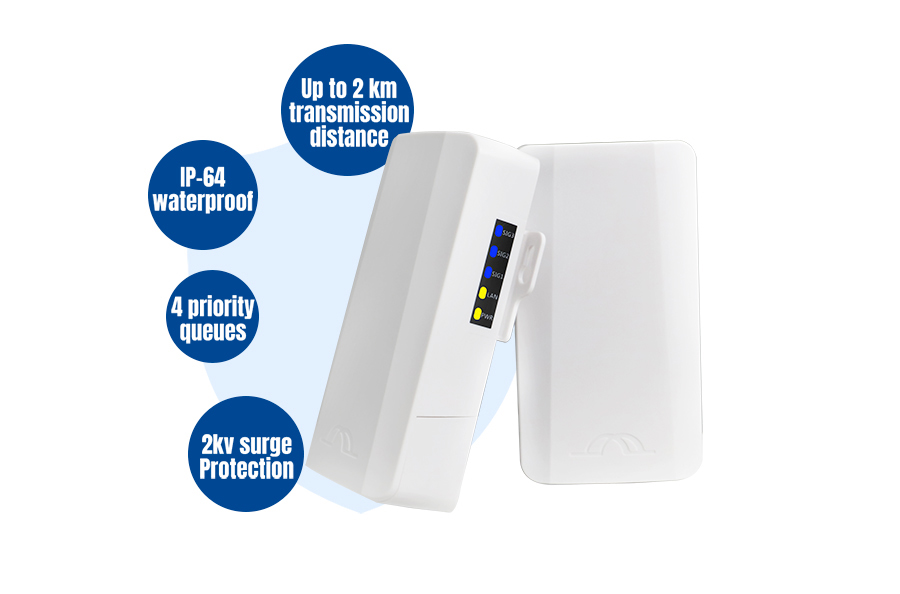
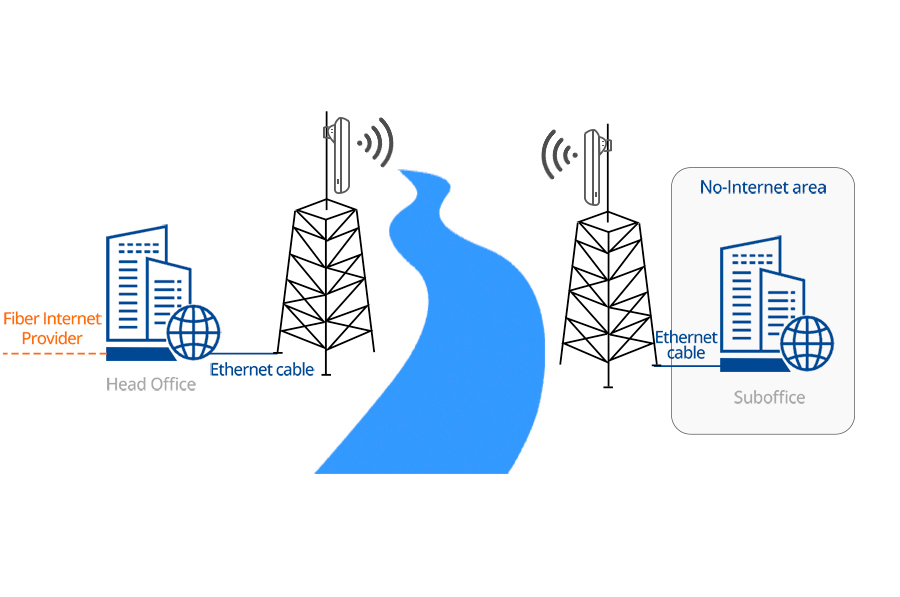
network transmission The wireless bridge products can connect two or more local area networks (LAN) together. They transmit network datas through wireless signals, allowing wireless communication between different LANs. Simply put, it transmits network datas and network video surveillance through wireless instead of network cables. Wireless bridge networking usually consists of two or more devices forming a point-to-point or point-to-multipoint network. In many network communication scenarios where wiring is difficult or the distance is too long, the flexible and low-cost wireless bridge solutions can effectively replace wired networks.
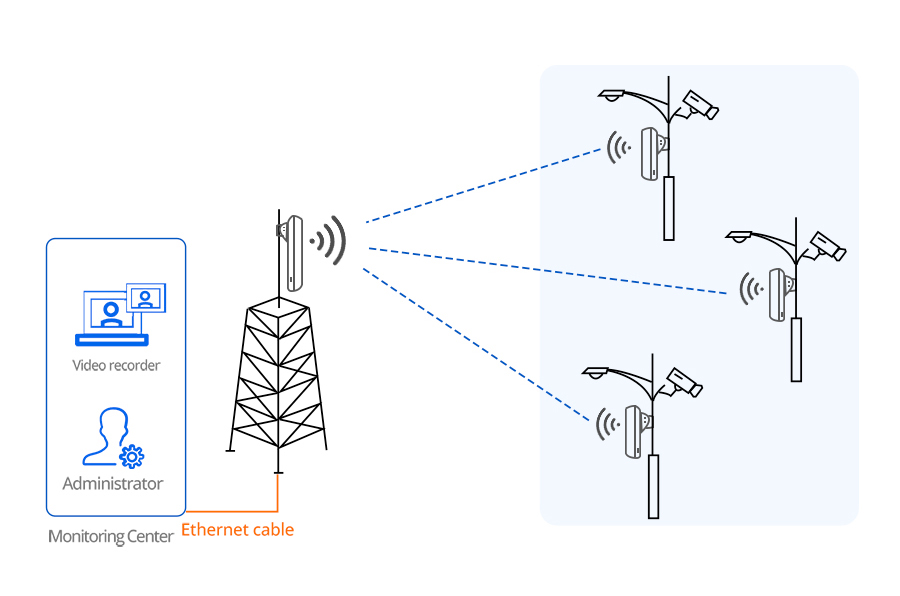

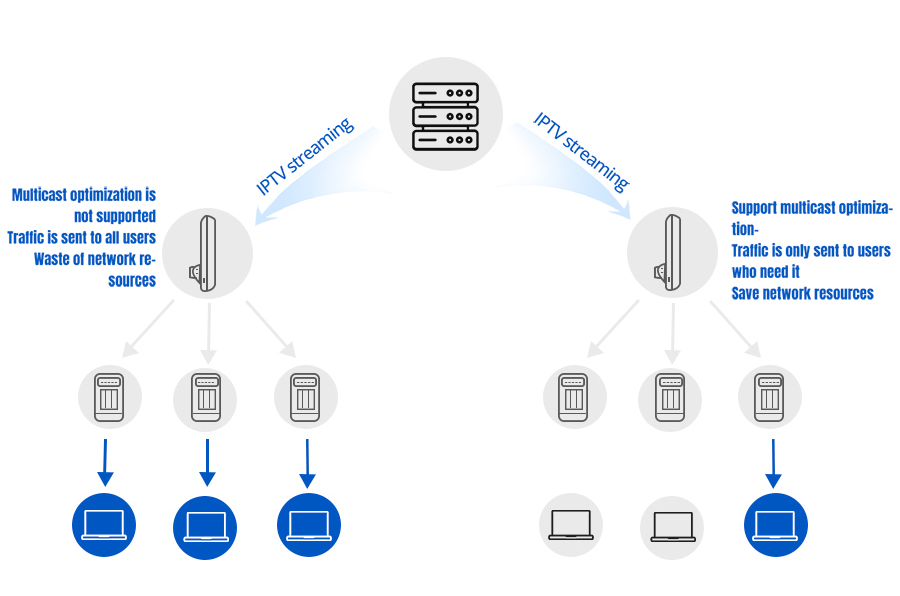

- QoS in iPoll 3 supports transmitting pre-marked data according to priority.
- QoS (L2/L3 or DSCP/COS) - supports different priority traffic types (must be implemented with switches that support corresponding functional mechanisms)
- Providing 4 queue priorities for different services (best effort , background , video , voice)
- Strict policy based
- Supports multiple services (data , voice , video, etc.)

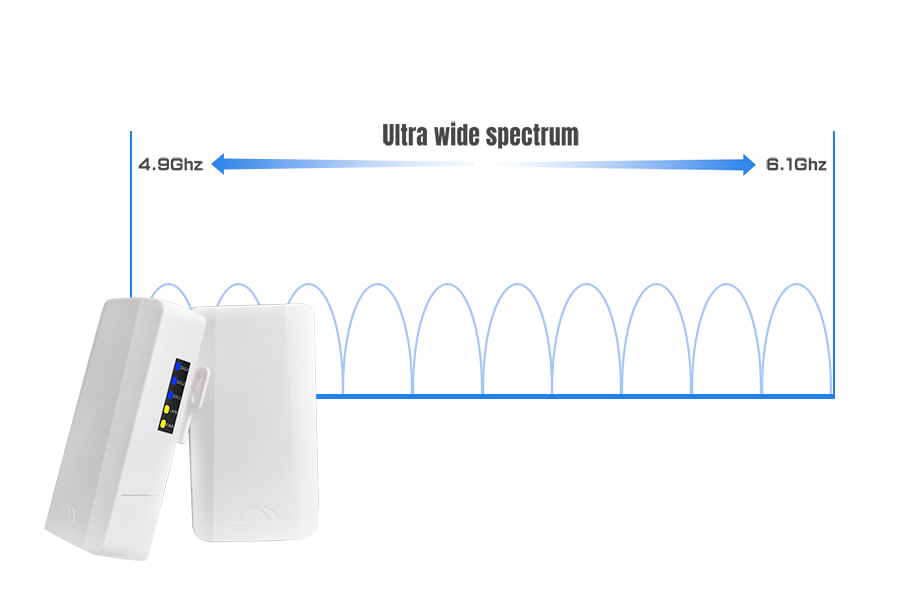
multiple bandwidths Supporting 4.9Ghz~6.1 Ghz ultra-wide frequency band. Providing much more options for channel planning and avoiding occupied channels. Supporting multiple bandwidths of 5Mhz/10Mhz/20Mhz/40Mhz. Providing greater flexibility for transmission distance/capacity/interference avoidance. The narrower the bandwidth, the longer the transmission distance, the stronger the anti-interference, the lower the throughput; the wider the bandwidth, the shorter the transmission distance, the weaker the anti-interference, and the higher throughput. Supporting non-standard channels. Non-standard channels have 5MHz channel step and allow users to select center frequencies will not be valid with 802.11 specification, bringing more possibilities for channel planning and interference avoidance.
Note: Please comply with local laws and regulations when selecting the corresponding channel.
- Site survey
- Spectrum Analyzer
- Antenna alignment
- Link test
- Ping & Traceroute
With the tools users can easily and efficiently deploy and troubleshoot without resorting to third-party tools.

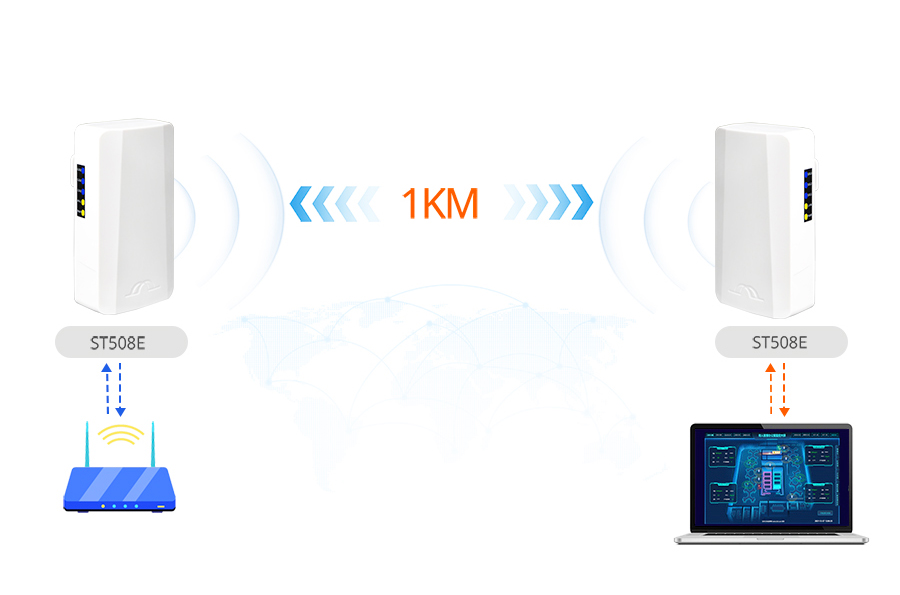

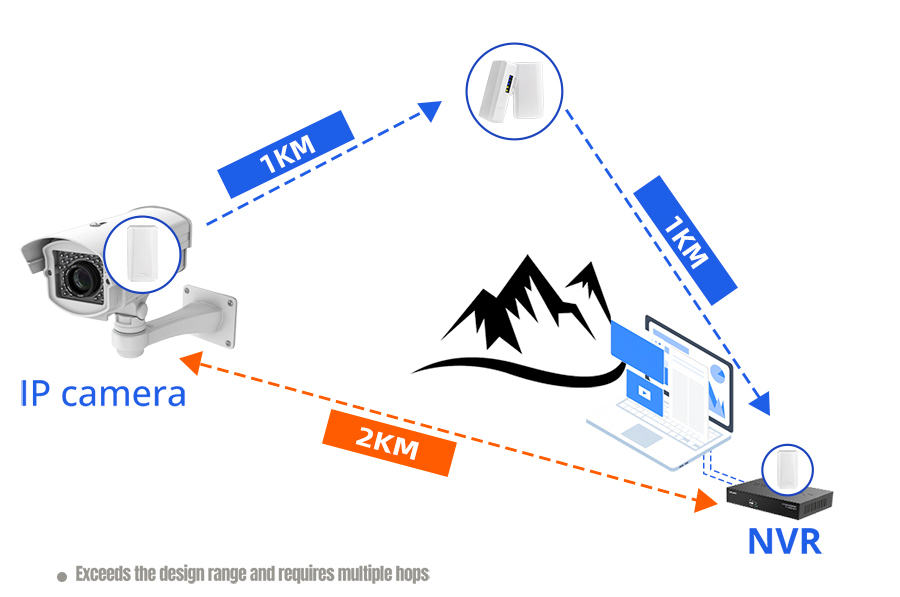
4. Hybrid networking (point-to-point + point-to-multipoint)
- Emergency communications
- Park video surveillance
- Forest fire prevention
- Wireless broadband
- Power plant
- Environmental monitoring
- Construction tower crane
- Mine site
- Elevator video surveillance





